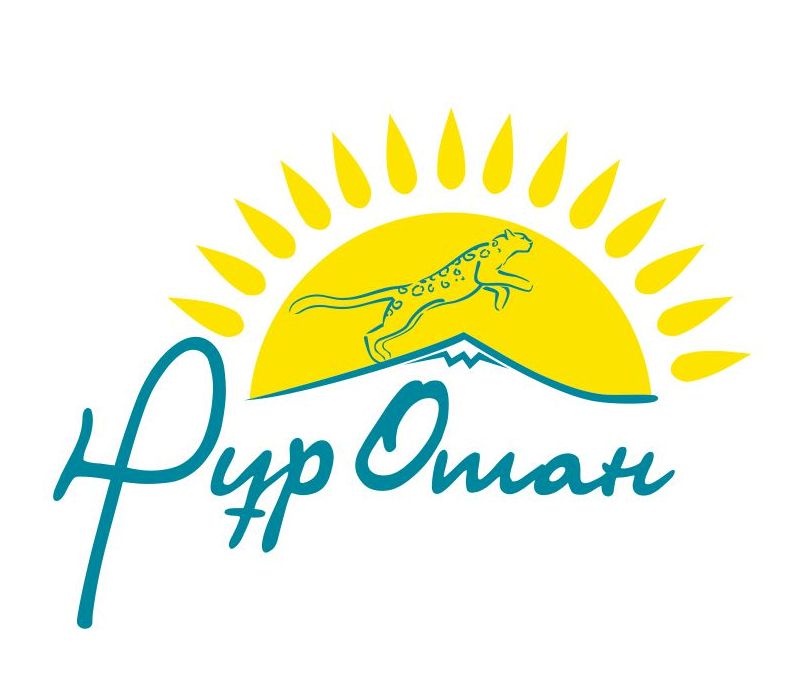
|
Unit 4. Buildings |
School: Moskowskaya secondary school | |||||
|
Date: 14/12/18 |
Teacher name: Sovetkhan R. | |||||
|
Grade: 3a |
Number present: |
absent: | ||||
|
Theme of the lesson: Around the house 2 | ||||||
|
Learning objectives that this lesson is contributing to |
3.1.4.1 understand a limited range of short supported questions on general and some curricular; 3.2.2.1 ask questions to find out about present experiences on a limited range of general and some curricular topics; 3.4.1.1 plan, write and check short sentences with considerable support on a limited range of personal, general and some curricular topics; 3.4.4.1 write with support short basic sentences with appropriate spaces between words | |||||
|
All learners will be able to: -to learn 5-7 types of the houses in English; -practice topical vocabulary with support -make deion of the house; | ||||||
|
Most learners will be able to: - to learn 7-10 types of the houses in English; -practice topical vocabulary with minimum support -make deion of the house with support; | ||||||
|
Some learners will be able to: -to learn 10-12 types of the houses in English; -practice topical vocabulary; -make deion of the house without support | ||||||
|
Assessment criteria |
Learners have met the learning objective (3.1.4.1 / 3.2. 2.1./3.4.1.1./3.4.1.1/3.4.4.1) if they can:
| |||||
|
Value links |
Teamwork: Leaners will work well together in pairs showing respect and being polite with each other. | |||||
|
Cross - curricular links |
Lesson is connected Science: Astronomy | |||||
|
ICT skills |
Using SMART board, pictures and videos, | |||||
|
Previous learning |
Around the house 1 | |||||
|
Plan | ||||||
|
Planned timings |
Planned activities |
Resources | ||||
|
Beginning 5 mins
|
Greeting & Objectives Warm-up: Teacher prints out small flashcards with the parts of house and shows them for learners. Students guess the word and tell whether their house / flat has it or not; Then if they have new words students work with picture dictionary The topic and Los are presented.
|
DIDACTIC MATERIAL 1/2 DIDACTIC MATERIAL 3 | ||||
|
Middle 30mins
|
Presentation Teacher suggests learners to work with Picture dictionary (furniture flashcards), teacher distributes handouts (furniture flashcards) and elicit from learners names of the rooms (bathroom , bedroom, kitchen, dining room, living room, hallway, etc) about using these things in the house f.e sink = bathroom, TV= living room etc Practice 1. Teacher suggests to work with FA worksheet (where are they) ask and answer to the questions Feedback: Leaners share their ideas, repeat after the teacher. Teacher monitors their answers, makes some notes if necessary, Teacher drills the pronunciation of certain words. Students work with worksheet “Where are they” a) Work with vocabulary In the bathroom in the bedroom in the dining room in the hallway at the front door on the porch b)Match the words with the pictures c) Speak where are the children? Differentiation by level: a) High level students: Describe the pictures without using key words b) Low level students: Describe the pictures using key words Feedback: Leaners share their ideas, listen to each others and remember new vocabulary. Teacher monitors student`s answers.
|
DIDACTIC MATERIAL 3
DIDACTIC MATERIAL 4.FA
DIDACTIC MATERIAL 5
| ||||
|
End 5 mins |
Reflection Learners reflect on their learning: - What has been learned? - What remained unclear? - What is necessary to work on? Home task: home task worksheet
|
| ||||
|
Additional information | ||||||
|
Differentiation – how do you plan to give more support? How do you plan to challenge the more able learners? |
Assessment – how are you planning to check learners’ learning? | |||||
|
Less able students – greater support by means of prompts, visuals or writing difficult words on the board More able students – independent work on definite tasks with little/no support Allow for flexible groupings and cooperative learning, depending on the appropriateness to the task Allow for extra time for students needing it, when appropriate Give extra text or visual support to students needing extra English support Create small learning groups for students needing extra support or enrichment with the co-teacher, when appropriate |
through observation | |||||
|
Reflection Were the lesson objectives/learning objectives realistic? What did the learners learn today? What was the learning atmosphere like? Did my planned differentiation work well? Did I stick to timings? What changes did I make from my plan and why? | ||||||
|
Summary evaluation What two things went really well (consider both teaching and learning)? 1: 2: What two things would have improved the lesson (consider both teaching and learning)? 1: 2: What have I learned from this lesson about the class or individuals that will inform my next lesson?
| ||||||






 Мектепке дейінгі балалар ұйымына жолдама қалай алуға болады
Мектепке дейінгі балалар ұйымына жолдама қалай алуға болады
 Мектепке тіркеу үшін құжаттарды қабылдау
Мектепке тіркеу үшін құжаттарды қабылдау

 Оқу мектебі
Оқу мектебі














